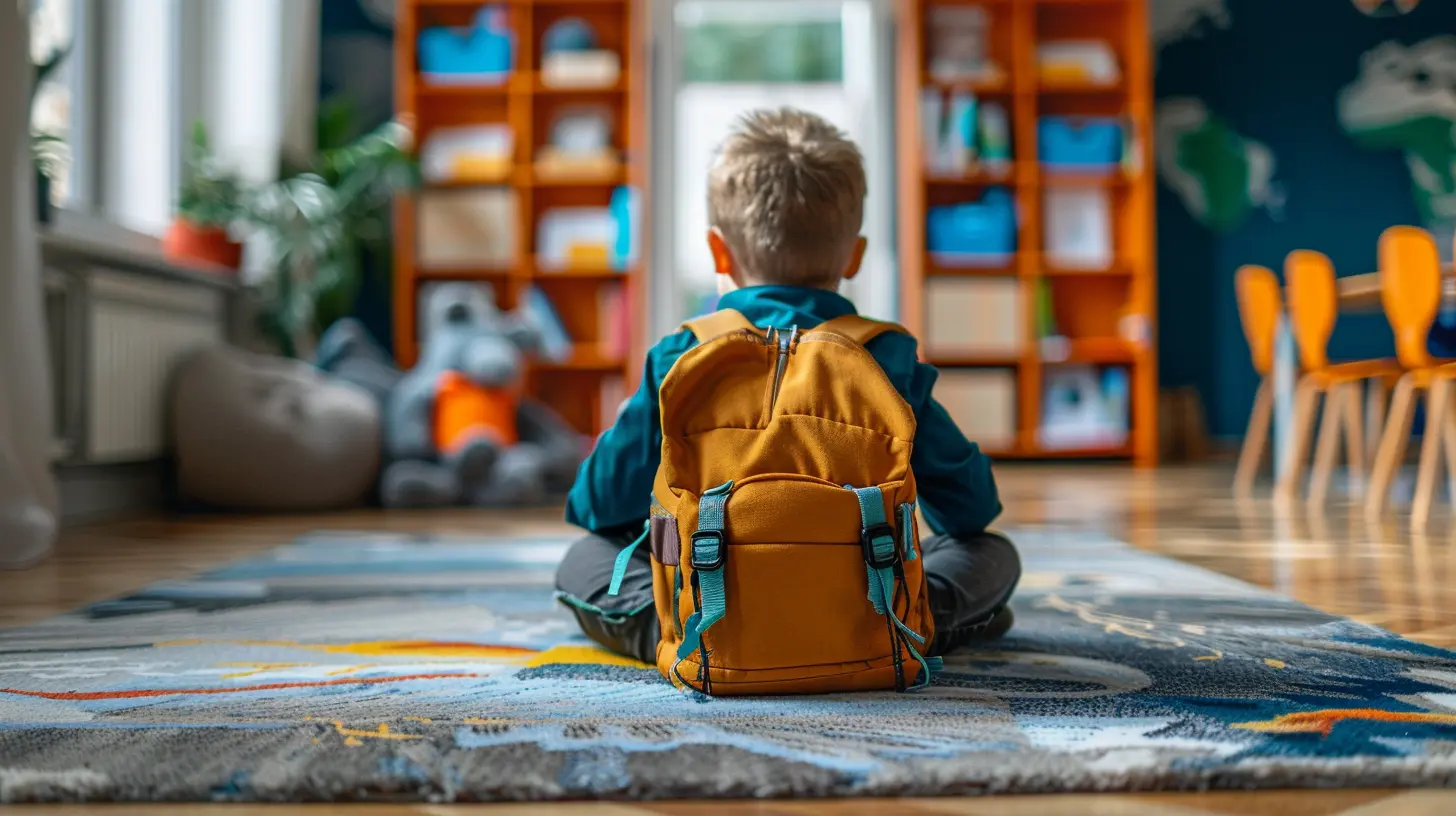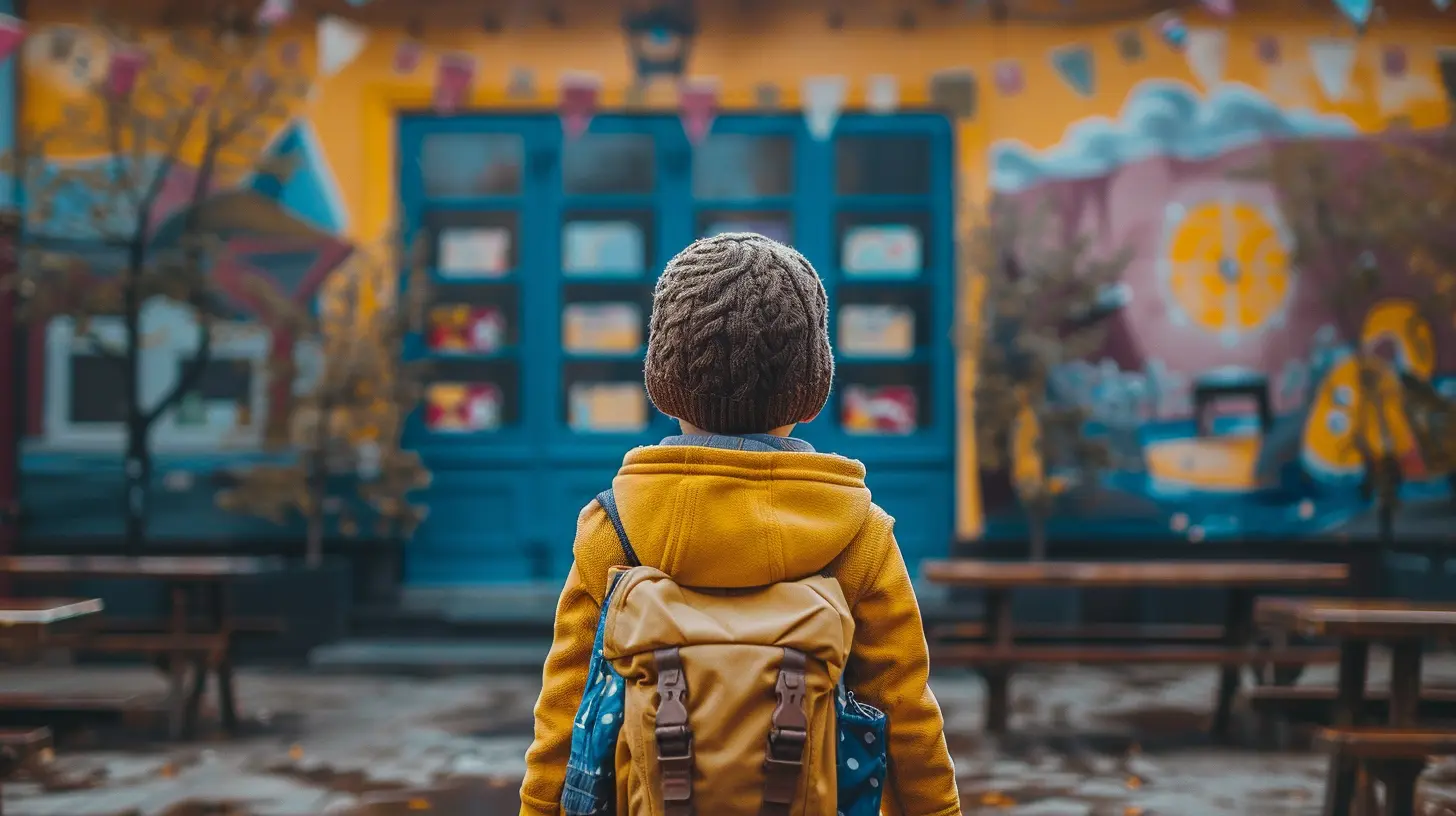How to Prepare Your Shy Child for the Classroom Setting
4 July 2025
As a parent, seeing your shy child struggle to navigate the social dynamics of a classroom can be a gut-wrenching experience. It’s understandable that you want to help ease their transition from the comforts of home into a bustling classroom environment. But how do you prepare your shy child for the challenges of group learning, peer interaction, and new faces?
The key lies in patience, encouragement, and helping your child build confidence over time. In this article, I’ll walk you through some practical strategies that can help your shy child feel more comfortable and ready when it's time to join the classroom. So, let's dive right in, shall we?
Understanding Shyness and Its Impact on Classroom Behavior
Shyness is not a flaw, and it’s essential to acknowledge this from the start. Some children are naturally introverted, while others may feel anxious in unfamiliar situations, and that’s okay—it’s part of who they are. Shy children often take longer to warm to new environments and people, but that doesn’t mean they won’t thrive in a classroom setting.However, shyness can impact a child’s ability to participate in class discussions, make friends, or even stand up for themselves. This hesitance can result in missed opportunities for learning and social growth. But don’t worry—there are ways you can assist your child in overcoming these challenges.
Signs of Shyness You Should Know
Before you can help your child prepare for the classroom, it's helpful to recognize specific signs of shyness. Some common behaviors include:- Avoiding eye contact
- Speaking very softly or not at all in group settings
- Holding back from joining group activities
- Fidgeting or appearing uncomfortable when asked to speak in front of others
- Clinging to you or other familiar adults when in new situations
These behaviors are perfectly normal for a shy child but may need gentle encouragement to decrease over time.
Why Preparing Your Shy Child Matters
Transitioning into a classroom can be intimidating for any child, but it can be especially overwhelming for a shy one. A little preparation goes a long way in giving your child the confidence and skills to navigate the classroom more comfortably.When children feel confident walking into a new classroom, they're more likely to engage, build relationships, and try new things. Preparing your shy child also ensures that they don’t feel isolated or excluded, which can negatively affect their academic and social development.
How to Prepare Your Shy Child for the Classroom Setting
Now, let’s get into the nitty-gritty—how can you actually prepare your shy child for the classroom environment? Here are some practical steps you can take:1. Talk About What to Expect
Fear of the unknown is one of the biggest reasons some shy children struggle in new environments. Start by having open conversations with your child about what to expect in the classroom. Explain that the teacher will be there to help, there will be other kids like them, and that it’s okay to feel nervous.You don’t need to bombard them with details, but giving a general sense of what a school day will look like can help reduce some of their anxiety. Walk them through what happens during the day: from arrival, to snack times, to how they’ll make new friends. This way, school becomes less of a mystery and more of an exciting new chapter.
Think of it like reading the chapter titles before diving into a book. It helps set the stage without overwhelming them with too much information.
2. Visit the School Ahead of Time
A school building can seem like a massive, intimidating place to a shy child, especially if they’ve never been to one before. If possible, arrange a visit to the school ahead of time. Let your child walk around the classroom they’ll be sitting in, explore the playground, and even meet the teacher.Most schools offer meet-and-greet days or orientation sessions—make the most of these opportunities. This will help your child become familiar with the surroundings and make it easier for them to adjust on their first day.
3. Role-Play Social Scenarios
Role-playing is a fantastic way to help your child practice social interactions they’ll likely encounter in the classroom. You can pretend to be a teacher asking them questions, or another child inviting them to play. These mock situations help your child get used to typical classroom conversations and provide them with the language they can use to respond.For instance, practice simple phrases such as:
- “Can I join you for this game?”
- “My name is [child’s name]; what’s yours?”
- “I need help with this problem.”
This kind of practice boosts their confidence and equips them with the tools they need for real-life scenarios, much like practicing a game plan before stepping onto the field.
4. Build Their Confidence at Home
Help your child become comfortable with public speaking and social interaction in a safe environment—at home, where they feel secure. Encourage them to speak up during family dinners, express their opinions, and ask questions.Give them regular opportunities to complete tasks on their own, like ordering their food at a restaurant or talking to relatives on the phone. Little wins add up, and the confidence they gain from these small successes can make a world of difference when they’re facing bigger challenges in the classroom.
5. Set Up Playdates with Future Classmates
If you know any of the kids who will be in your child’s class, try to arrange playdates before school starts. Familiar faces can go a long way in making your child feel more at ease on the first day of school.You don’t need a huge group—just one or two kids they’re already familiar with can make them feel more comfortable entering the classroom. Being able to walk in with a friend by their side can bring down their anxiety levels considerably. It's like having a buddy to help you navigate the first day at a new job—it always feels better when you have someone to lean on!
6. Teach Them Relaxation Techniques
It’s not uncommon for shy children to feel anxious in new social settings. Teaching your child simple relaxation techniques can help them calm their nerves when they start to feel overwhelmed. Breathing exercises are a great option. Encourage them to take a few deep breaths in and out if they’re feeling anxious.Alternatively, you can teach them to identify a “happy thought” or calming image they can focus on when they feel nervous. These techniques empower them to self-soothe, which can be incredibly helpful in a classroom when you're not around to provide that gentle nudge.
7. Praise Effort, Not Just Outcomes
One of the most powerful ways to build your child's confidence is by praising their efforts, not just their success. Acknowledge the steps they're taking to put themselves out there, even if things don’t go perfectly.For example, if your child raises their hand to participate in class but gets nervous and changes their mind at the last minute, it’s still a win. Let them know you're proud of their effort to try, and remind them that it’s okay to take small steps to get more comfortable.
Remember, progress is a marathon, not a sprint. Every step forward is something to celebrate.
Dealing with Setbacks
It's important to recognize that there will likely be bumps along the way. Your child may have days where their shyness overwhelms them, and they retreat into their shell. That’s okay. Setbacks happen, and it’s essential to offer support and encouragement without pressuring them to change too quickly.Reassure your child that it’s okay to feel shy sometimes and remind them of the progress they’ve made. Patience is key, as it may take time for them to become fully comfortable in the classroom setting.
What to Do If the Shyness Persists
If your child’s shyness continues to be a significant barrier to their ability to participate academically or socially in the classroom, it may be helpful to seek support from the school counselor or a child therapist. These professionals can offer additional guidance and strategies to help your child overcome their anxiety in social settings.Conclusion
Preparing your shy child for the classroom may take time and effort, but with the right mindset and strategies, you can help them feel empowered and confident in this new environment. Remember to provide plenty of reassurance, practice social scenarios, and build their confidence through small, manageable steps.Most importantly, remind your child that there’s nothing wrong with being shy—it’s part of who they are, and with your support, they’ll learn how to thrive in the classroom in their own time.
all images in this post were generated using AI tools
Category:
School ReadinessAuthor:

Max Shaffer
Discussion
rate this article
2 comments
Noemi Rogers
Empowering tips for helping shy kids thrive in school settings!
October 31, 2025 at 5:16 PM

Max Shaffer
Thank you! I'm glad you found the tips helpful for fostering confidence in shy kids at school!
Macey Cook
Great article! It's so important to support our shy kids as they navigate new environments. Your tips on building confidence and fostering social skills are truly helpful. Thank you for sharing these valuable insights with us!
July 20, 2025 at 3:16 AM

Max Shaffer
Thank you for your kind words! I'm glad you found the tips helpful for supporting shy kids in new environments.


